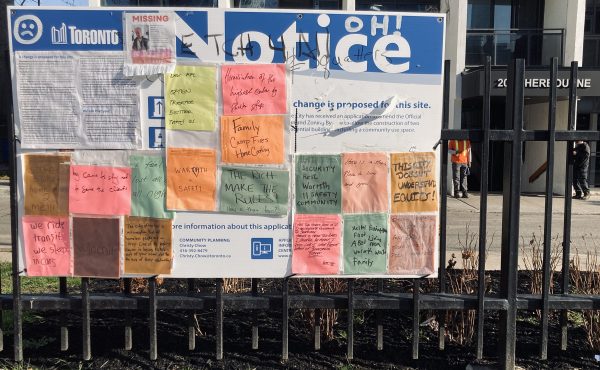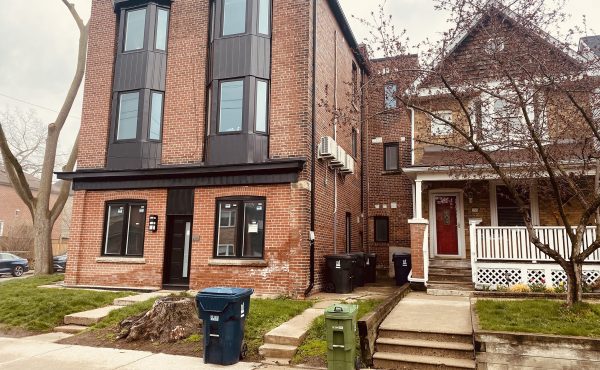
 Grange Homestead, Erindale, Mississauga
Grange Homestead, Erindale, Mississauga
The latest installment in the intermittent “Lost Villages” series takes us west on Dundas Street from Cooksville to the next historic community, Erindale. Smaller than once-thriving Cooksville, Erindale boasts a greater collection of heritage buildings than that of Mississauga’s former civic core.
The unincorporated village of Erindale, located in western Mississauga, is nearly lost in Toronto’s suburban sprawl, and is easy to miss driving along today’s busy Dundas Street. Even so, the name is well known, but this is thanks to a nearby GO Station and the University of Toronto satellite campus in Mississauga located just north of the original townsite. Erindale also gave part of its name to Erin Mills, a large, satellite suburban development immediately to the west, built in the 1970s and 1980s.
Erindale was founded soon after the Mississaugas of the Credit First Nation ceded their lands surrounding the Credit River in 1820. The townsite was well located, where Dundas Street crossed the Credit River. But the original settlement was named Toronto. After being renamed Springfield several years later (the name Erindale wasn’t used until 1890) the townsite boomed. With a reliable source of water power, it was well suited for the construction of grist mills serving nearby farms. As with any roadside village, churches, taverns and shops lined Dundas. Several streets were laid out, and filled with houses. Happily, today many of those older structures remain.
 Erindale Presbyterian Church
Erindale Presbyterian Church
Erindale, like Cooksville, lost some of its momentum when the Great Western Railway (later absorbed into the Grand Trunk, and then CN) missed the village in 1853 favour of a lakeshore alignment. The Credit Valley Railway, when opened in 1871, had a stop serving the community, but was two kilometres away. Erindale Station Road, as its name implies, was the route to the small CP station that served the settlement and surrounding farmlands. In 1981, GO Transit picked a new station site further north for its new Milton commuter service, but retaining the old name.
When widened in the 1940s, Highway 5 (Dundas Street) was diverted somewhat from the original path through the village in order to efficiently cross the Credit River, helping to preserve some of the older buildings. Dundas Crescent follows the original route on the east side of town. Its location, nestled into the Credit Valley, also helped to protect the old townsite from tract housing that now surrounds it.
Today, a significant collection of pre-war buildings remain standing and in use. This includes three historic churches, the community hall, and the Grange Homestead, also known as the Robinson-Adamson House. Built for John Beverly Robinson in the Georgian Regency Style as a summer home in the 1830s, the Grange (named for the older Grange property, now Toronto’s Grange Park) is one of the oldest residential buildings left in the GTA. It is now the headquarters for the local historical society.
 New UTM health sciences building overlooking Credit River
New UTM health sciences building overlooking Credit River
Meanwhile, University of Toronto – Mississauga (also known as Erindale College) has been adding some interesting modern additions to its once-dull campus, including a new library, an athletics complex and two impressive instructional buildings, finally making use of its site aside the historic Credit River. And within the river valley, some of the old mill walls can be found in Erindale Park amongst the pathways, picnic tables and parking lots.




